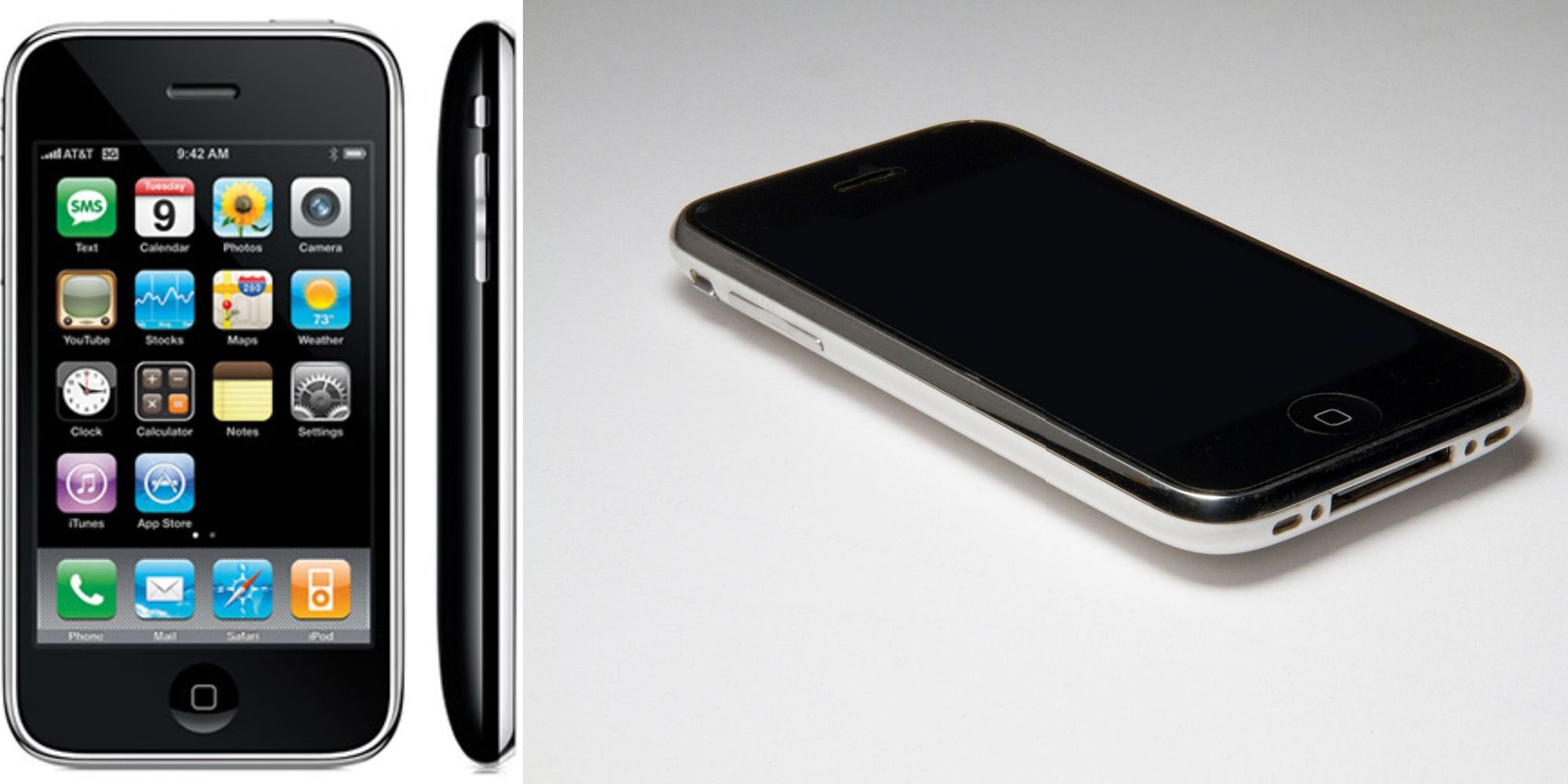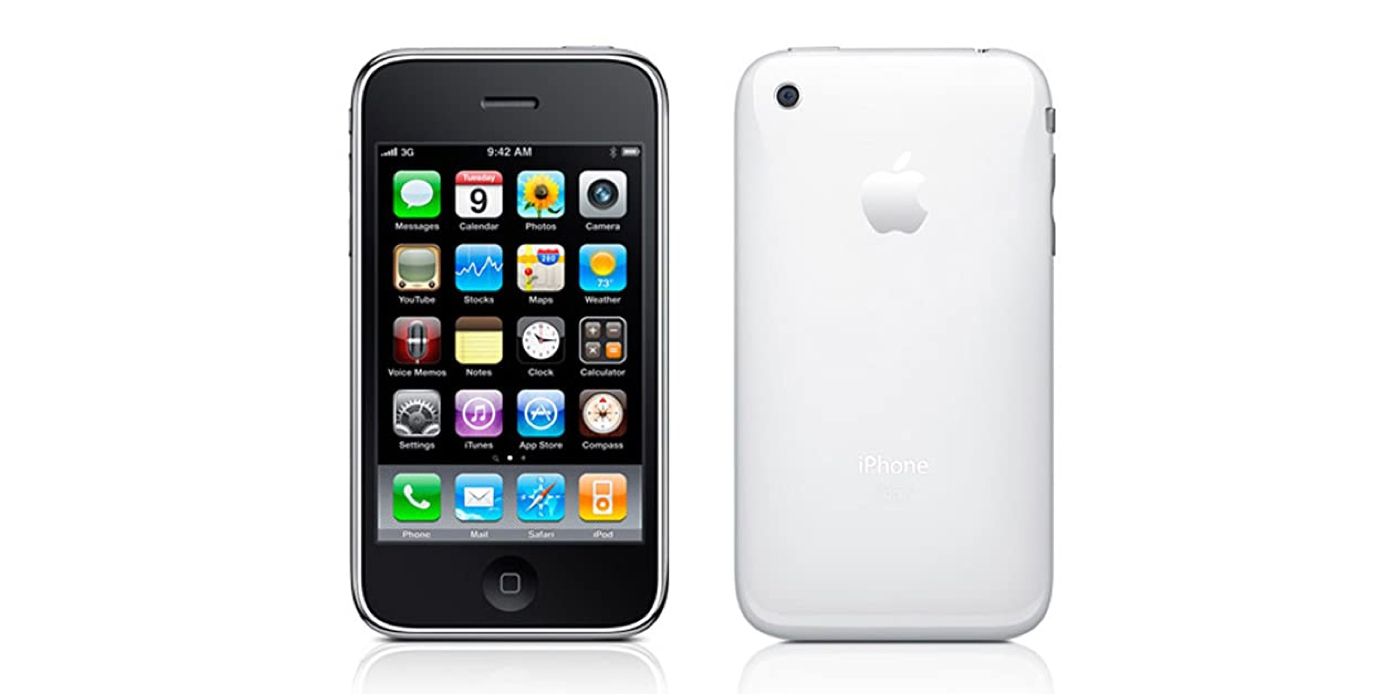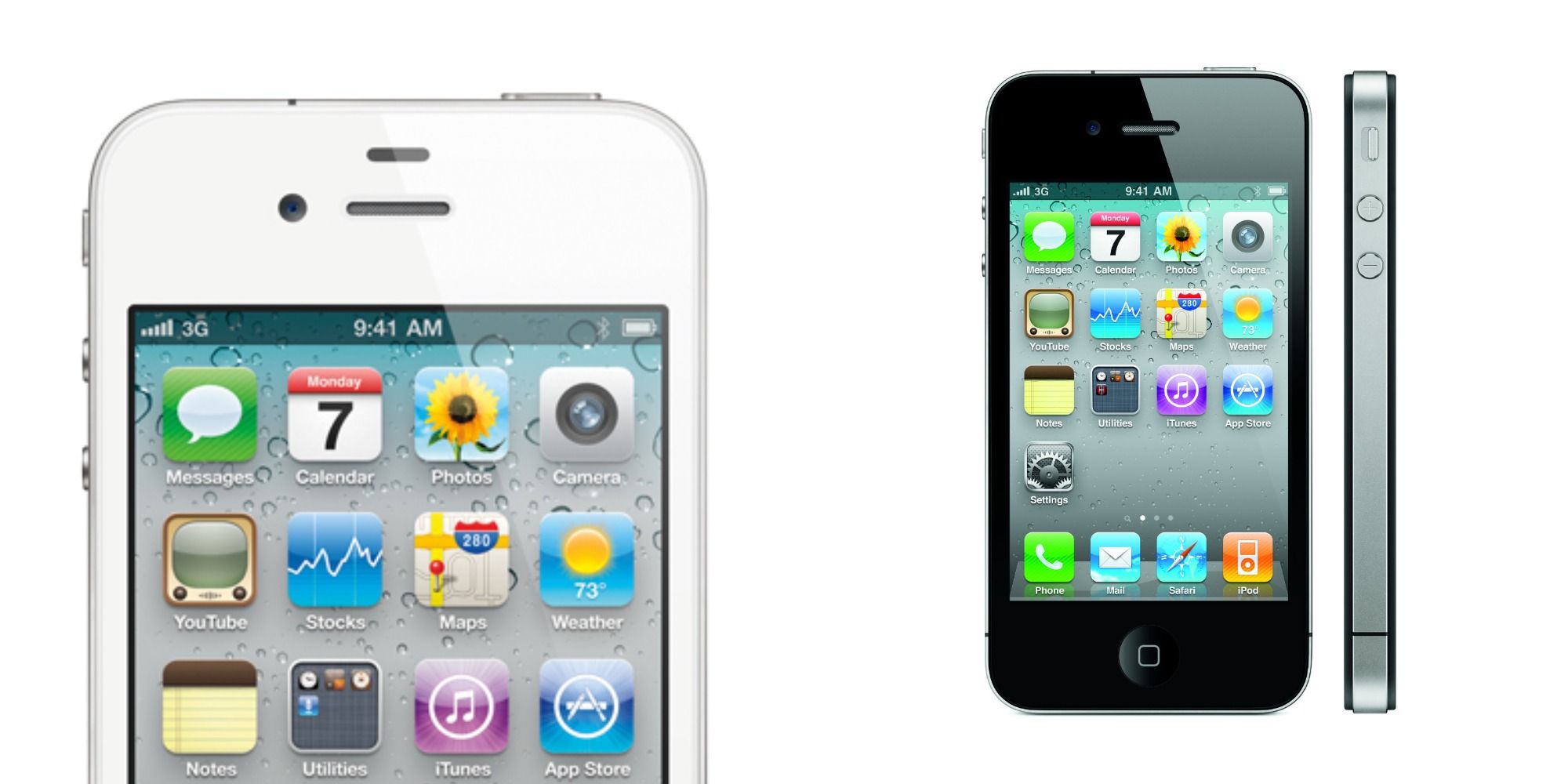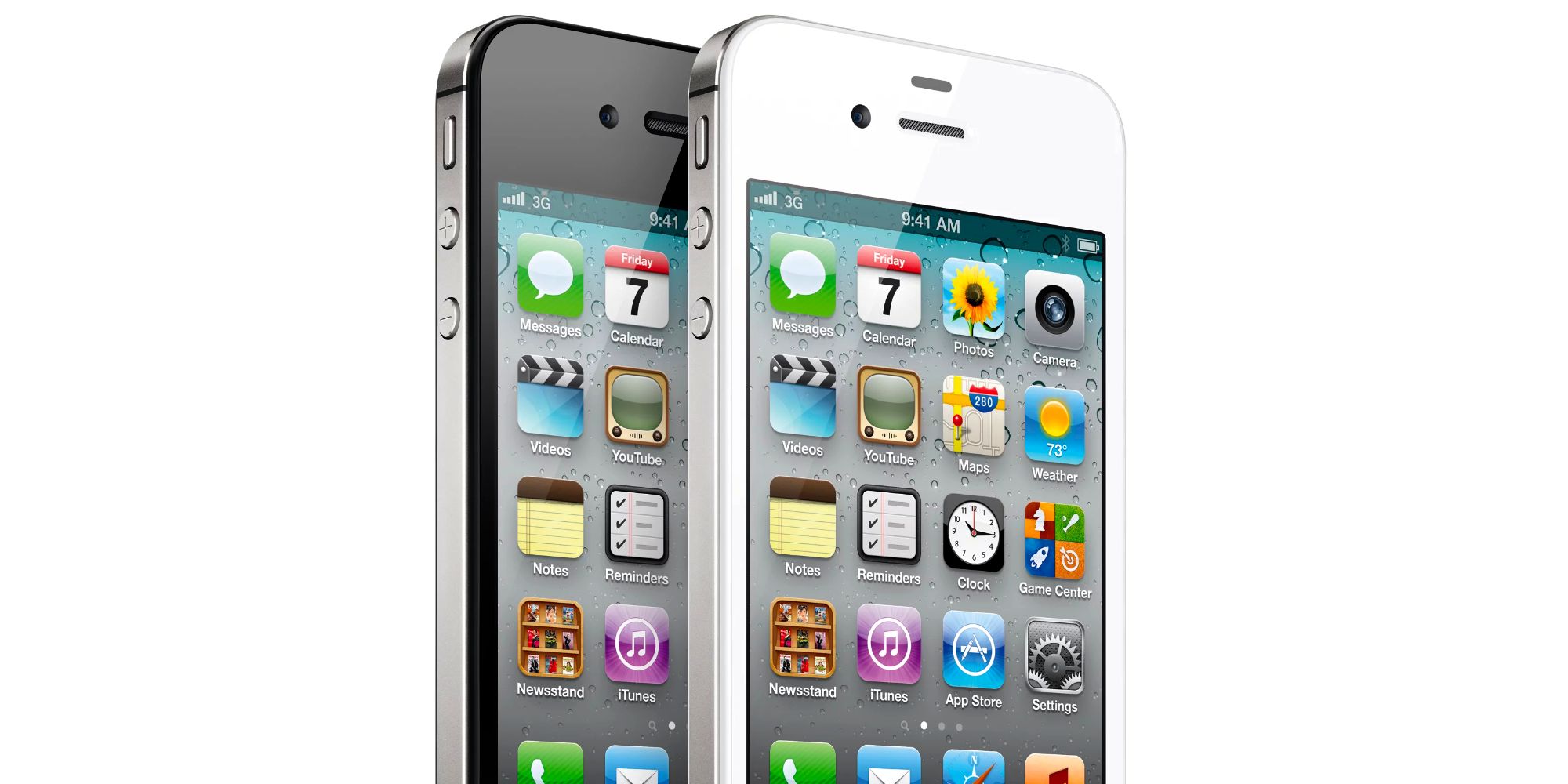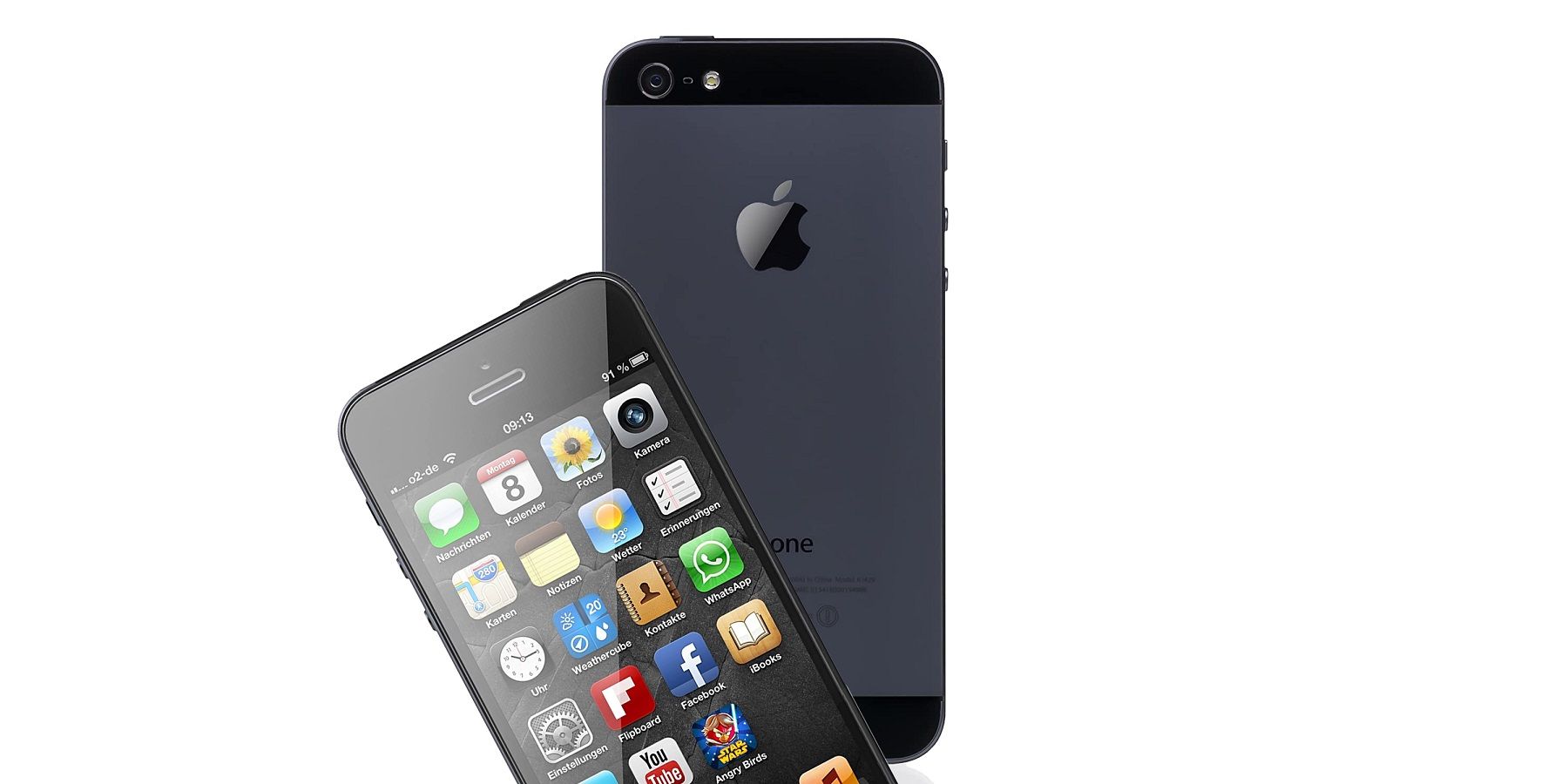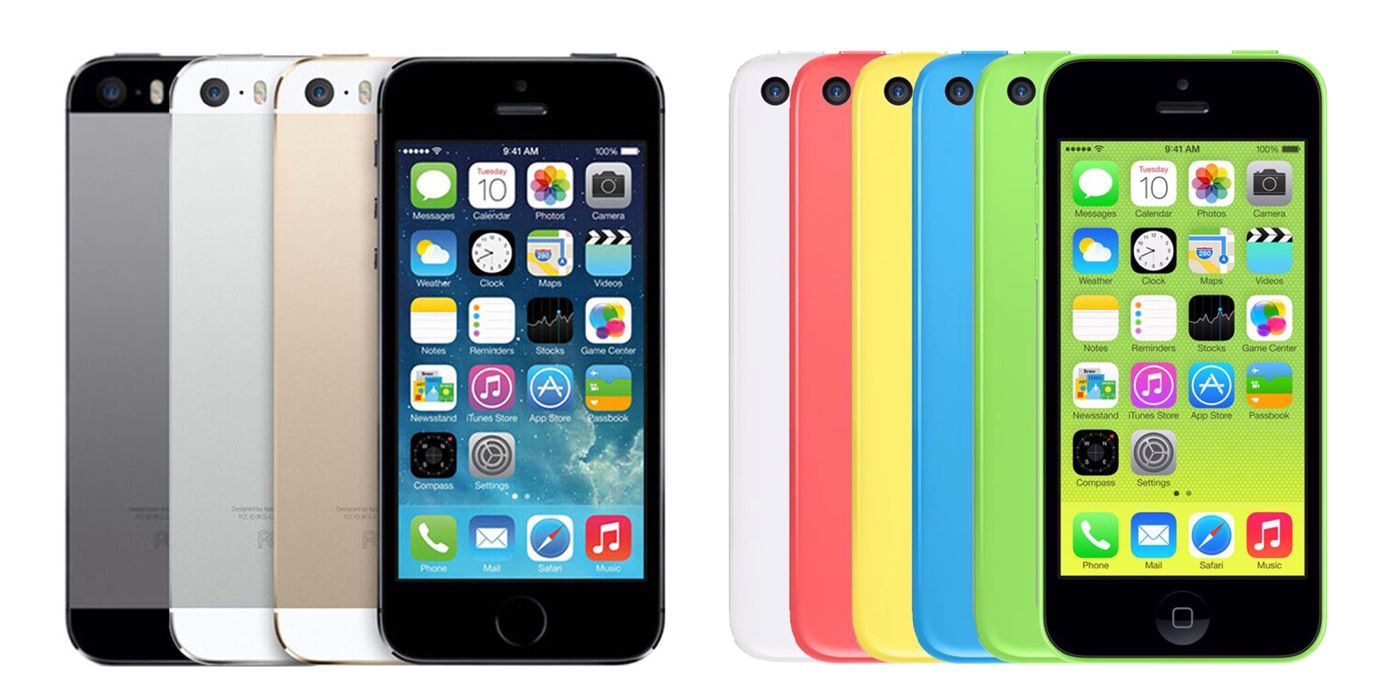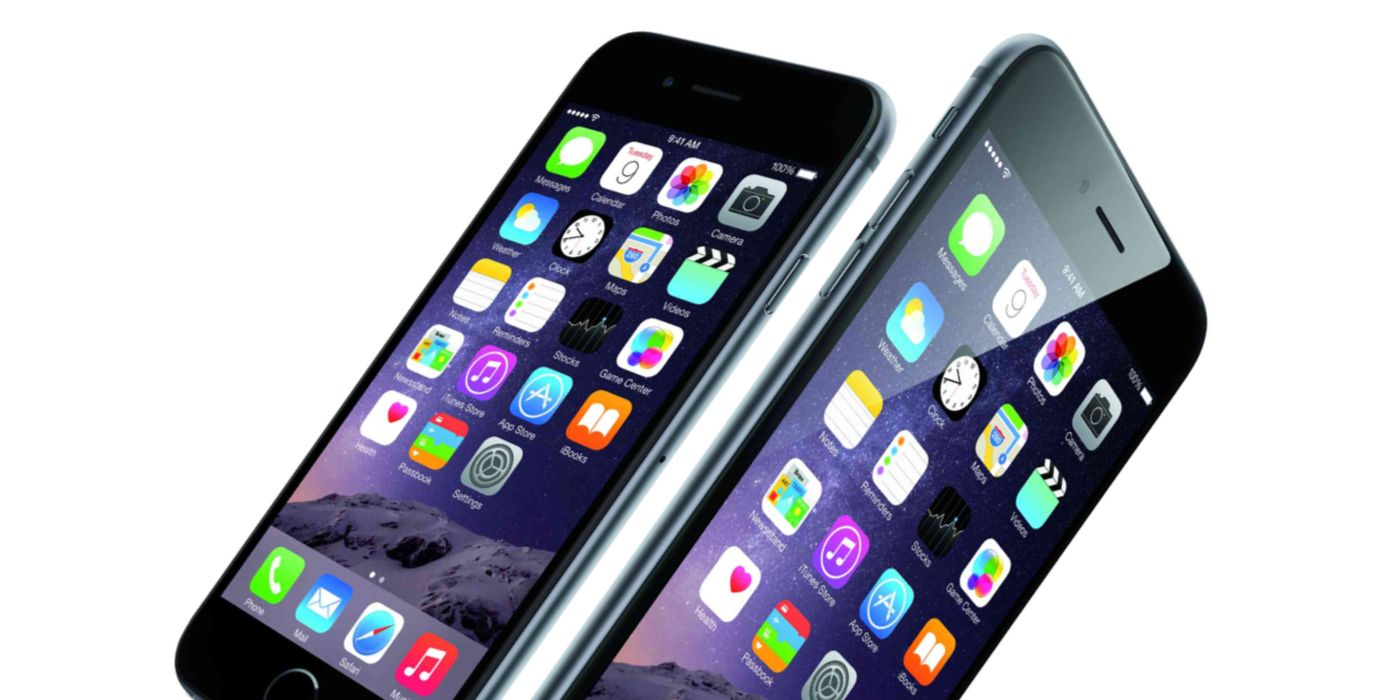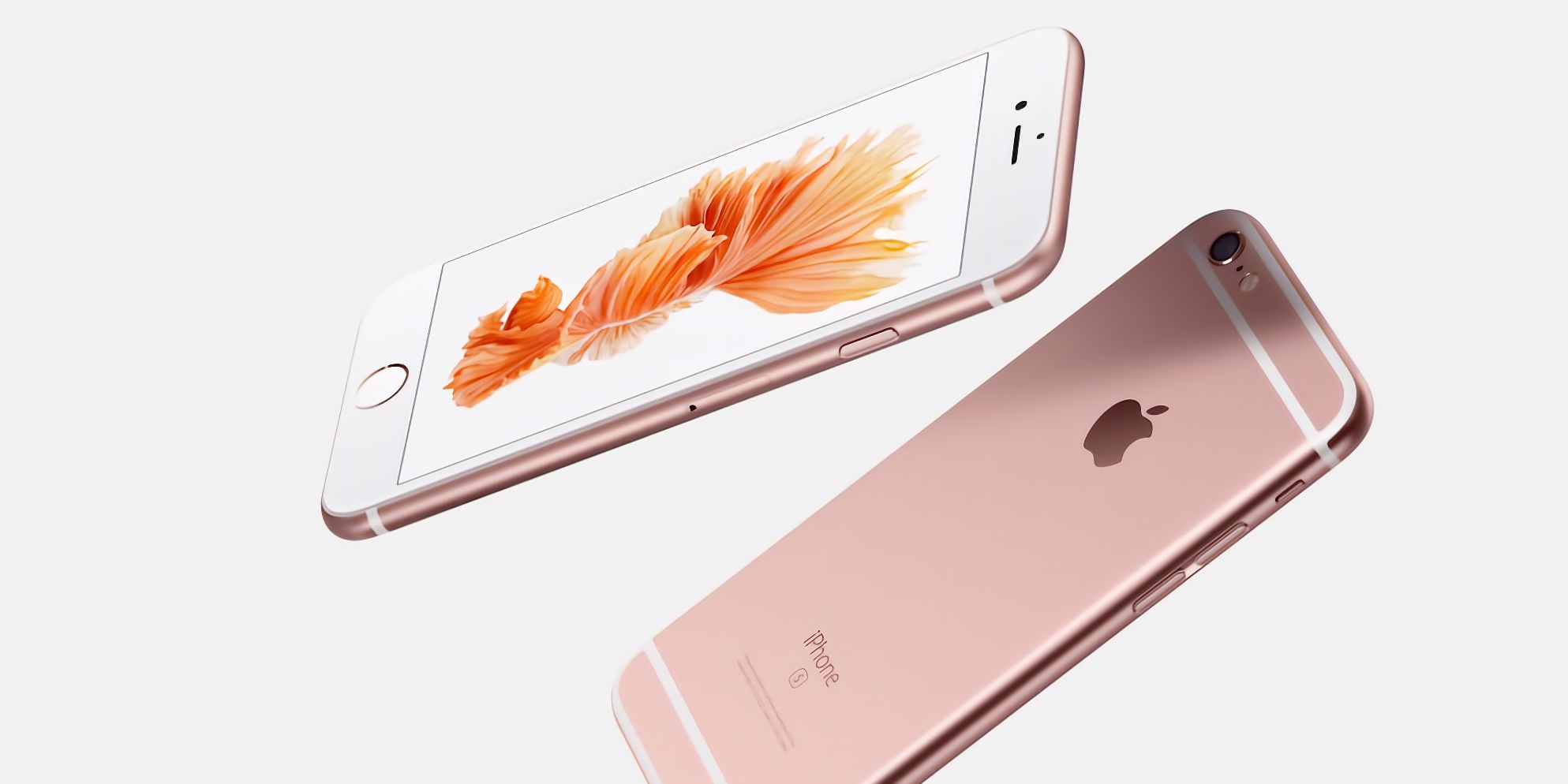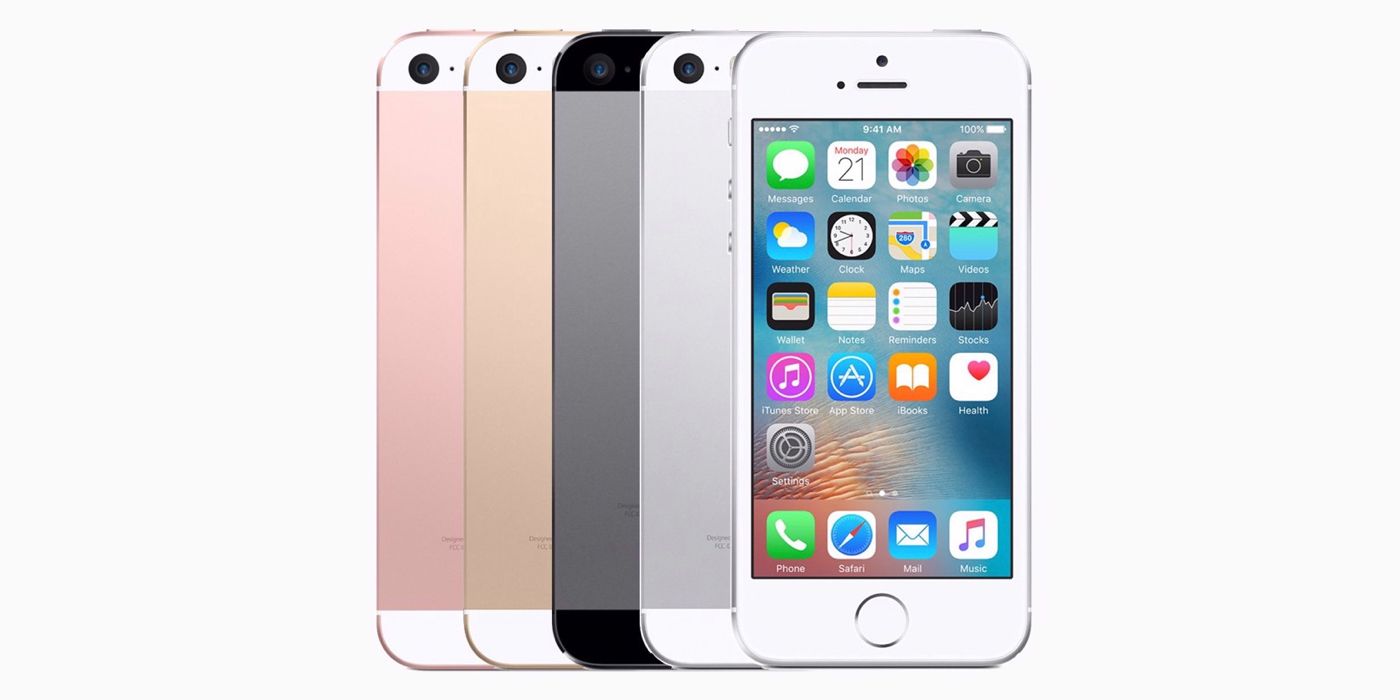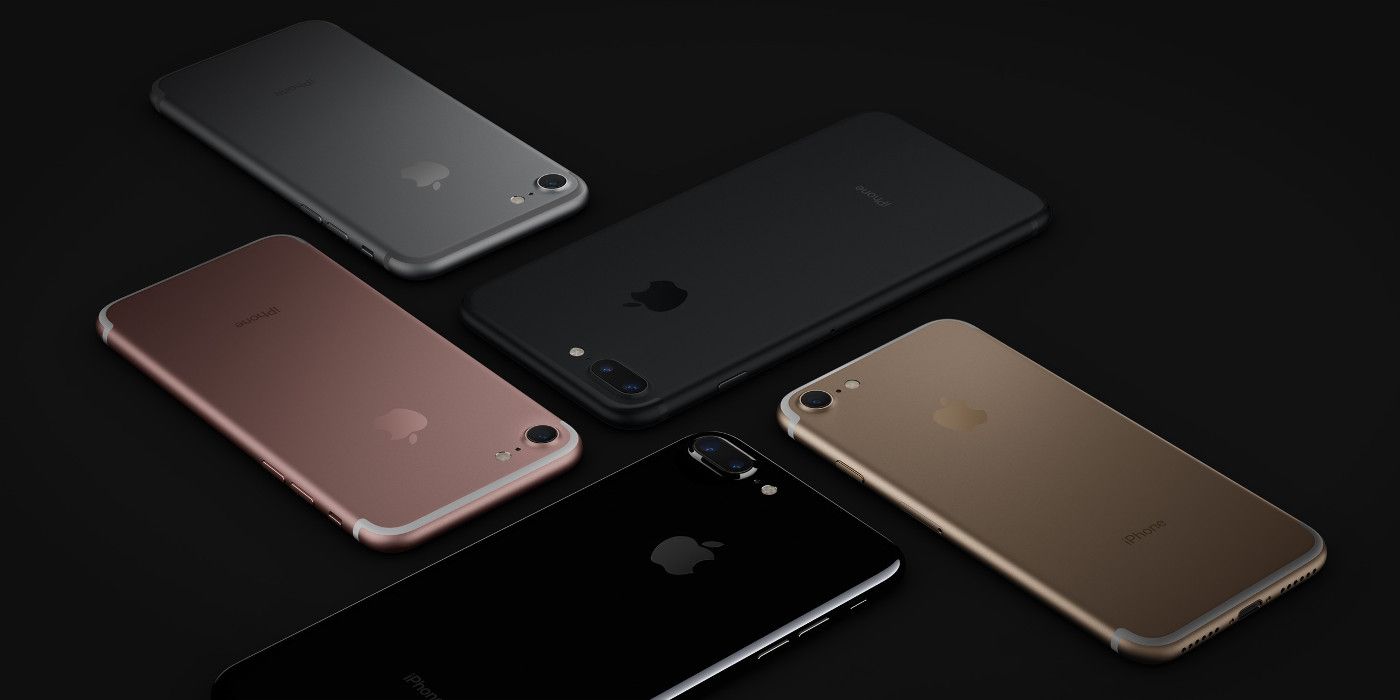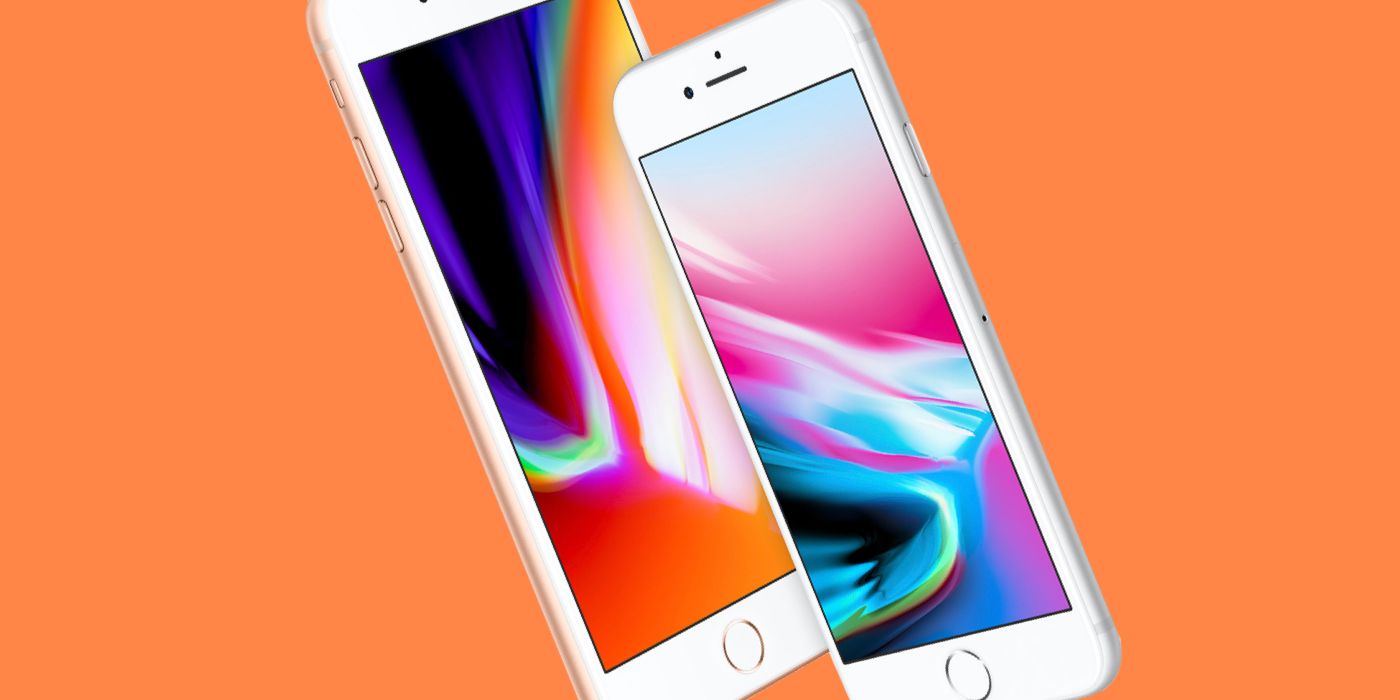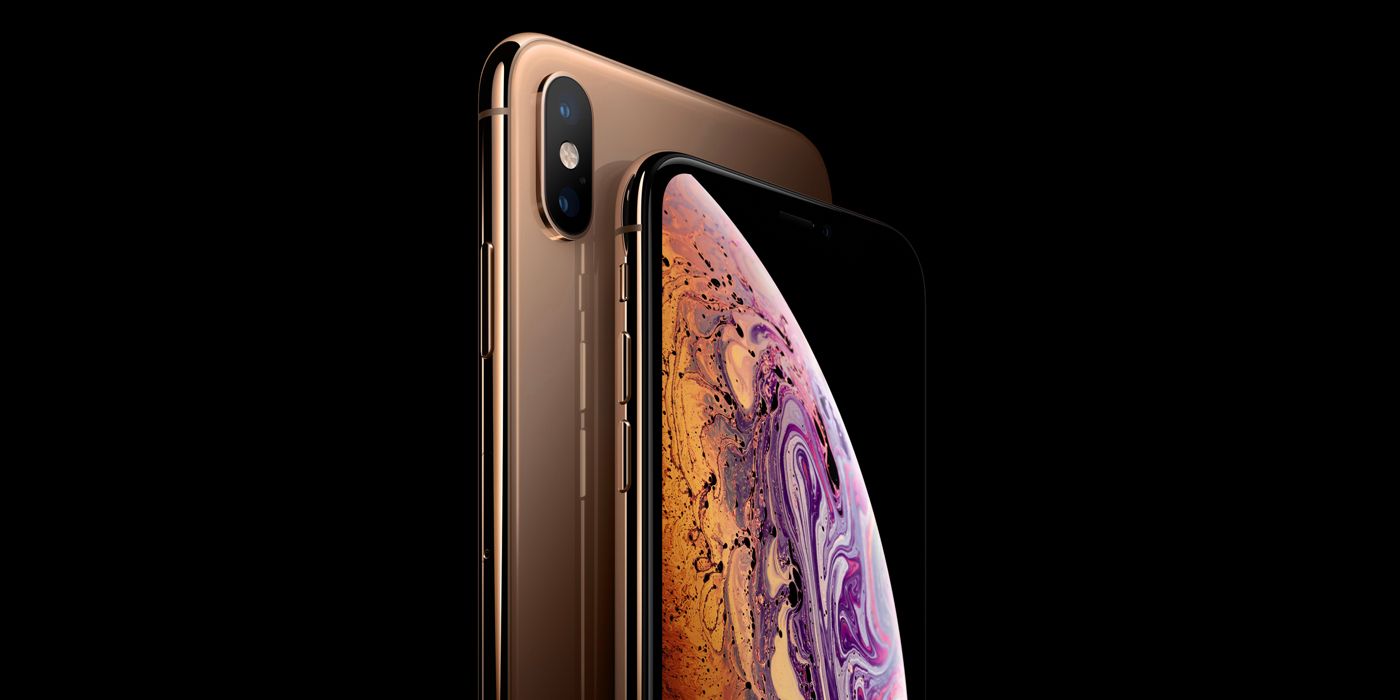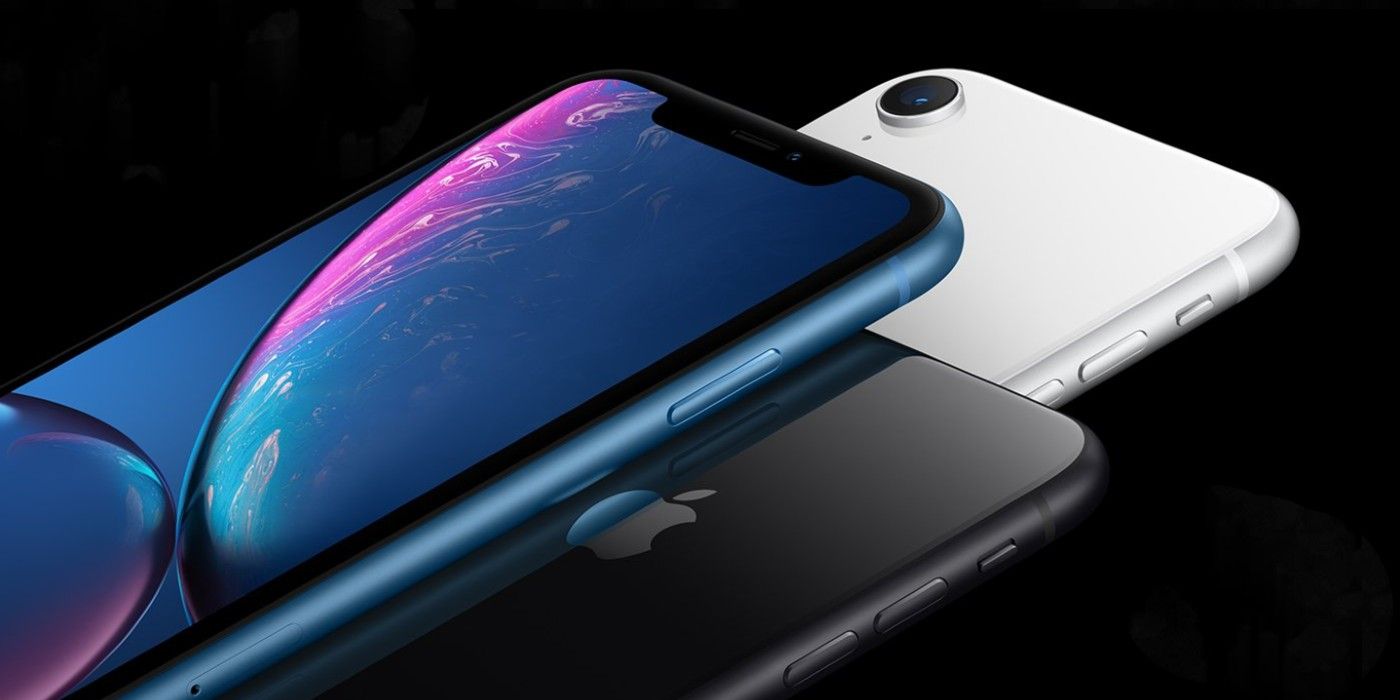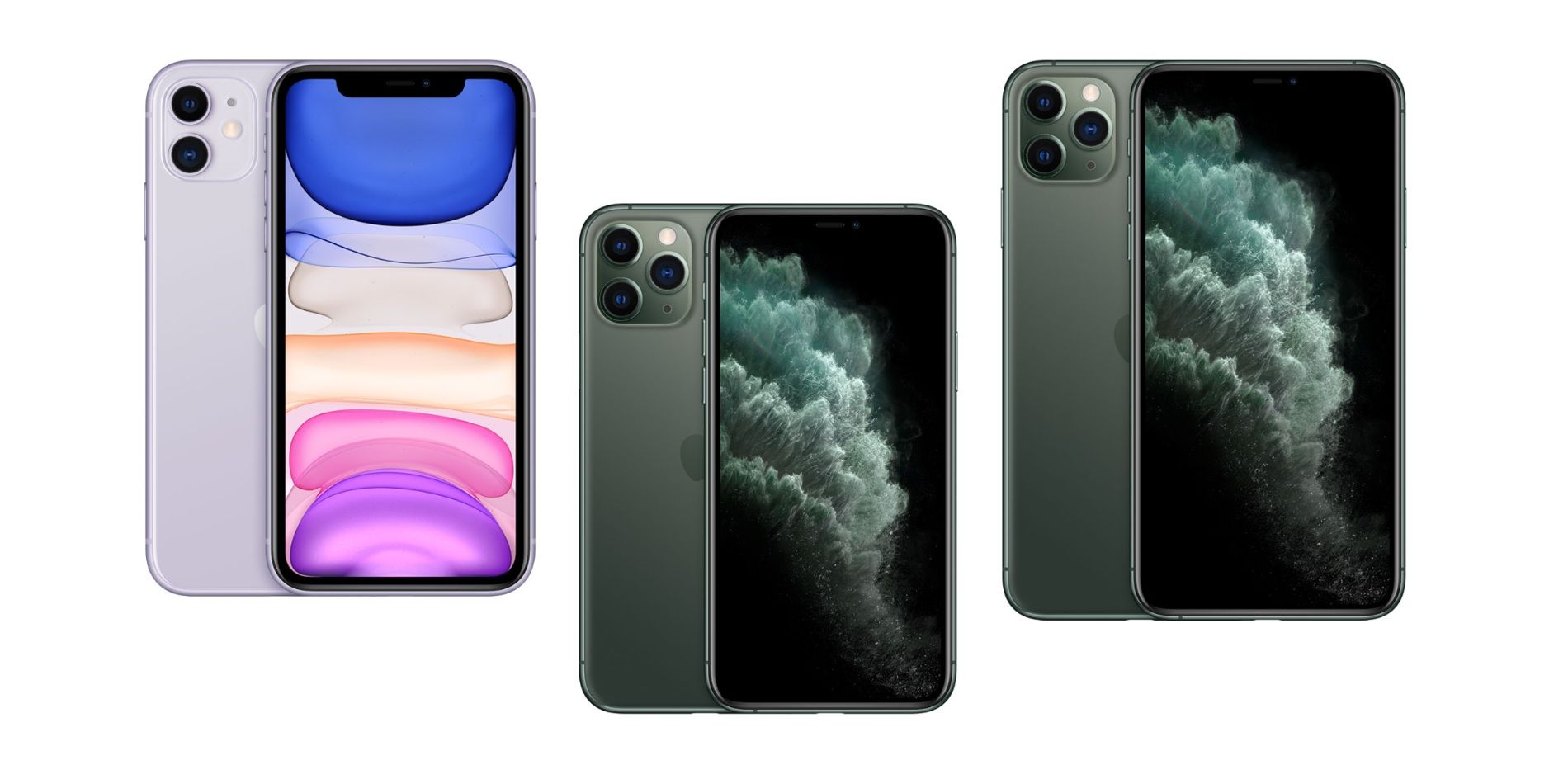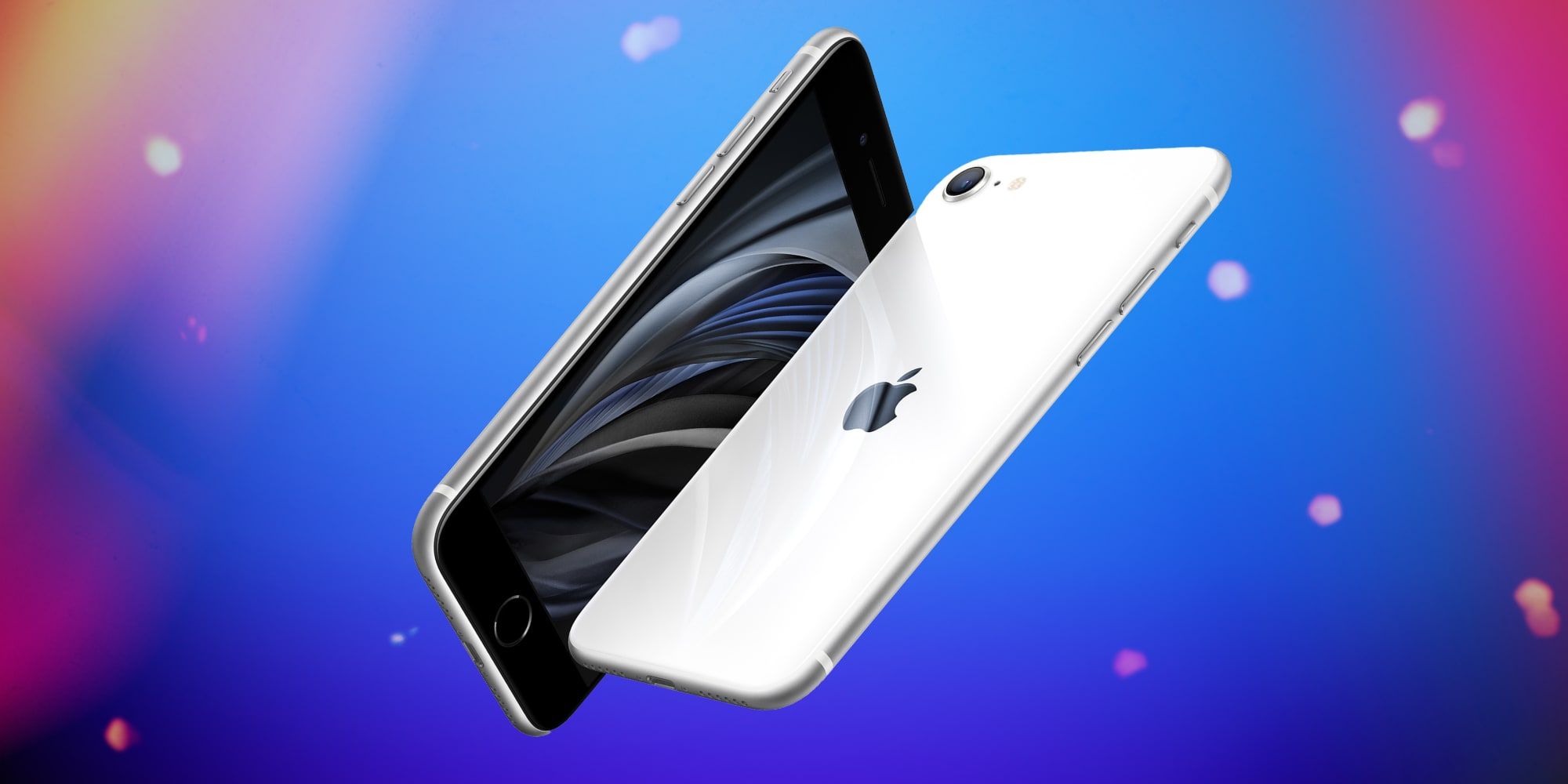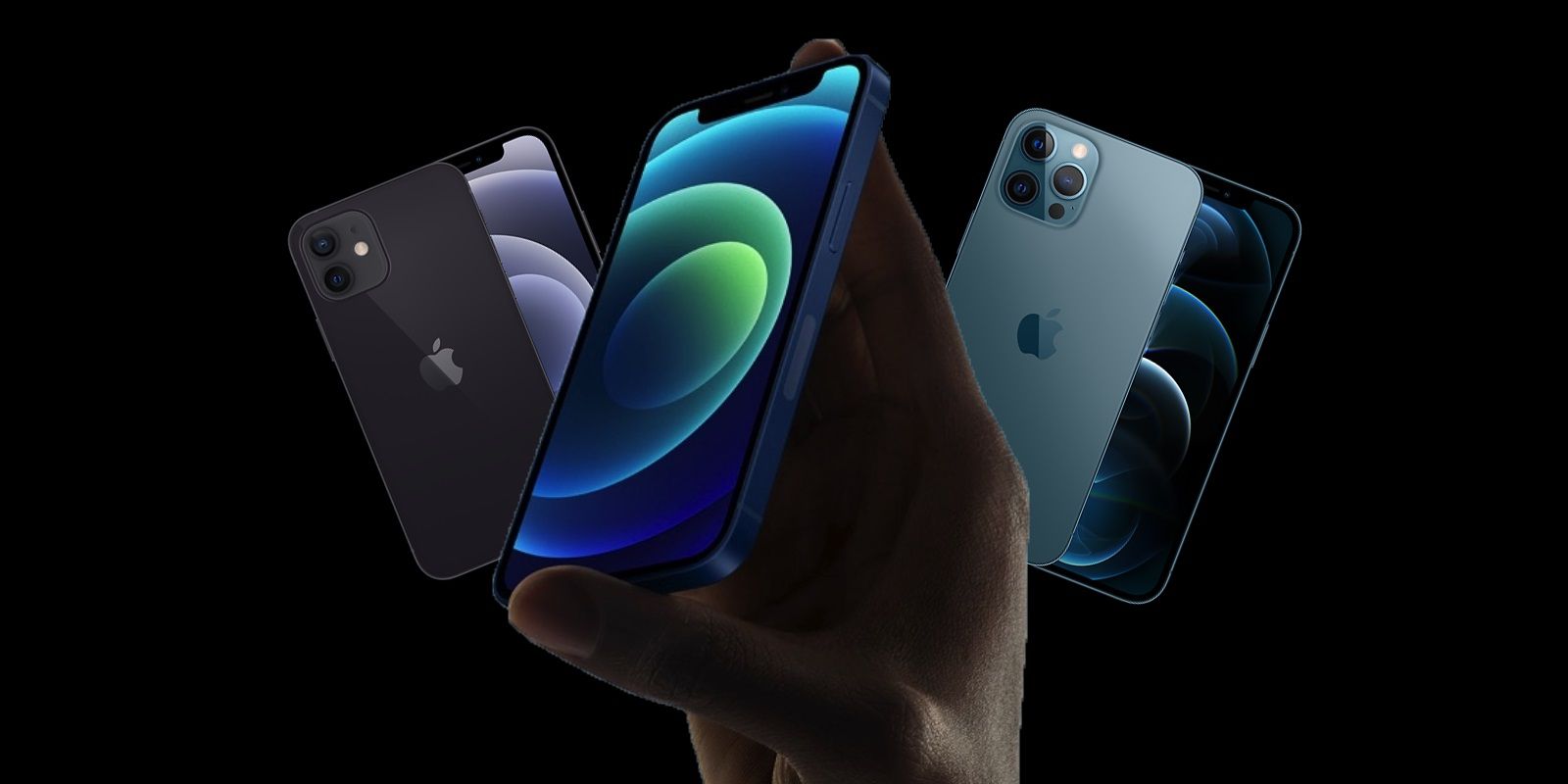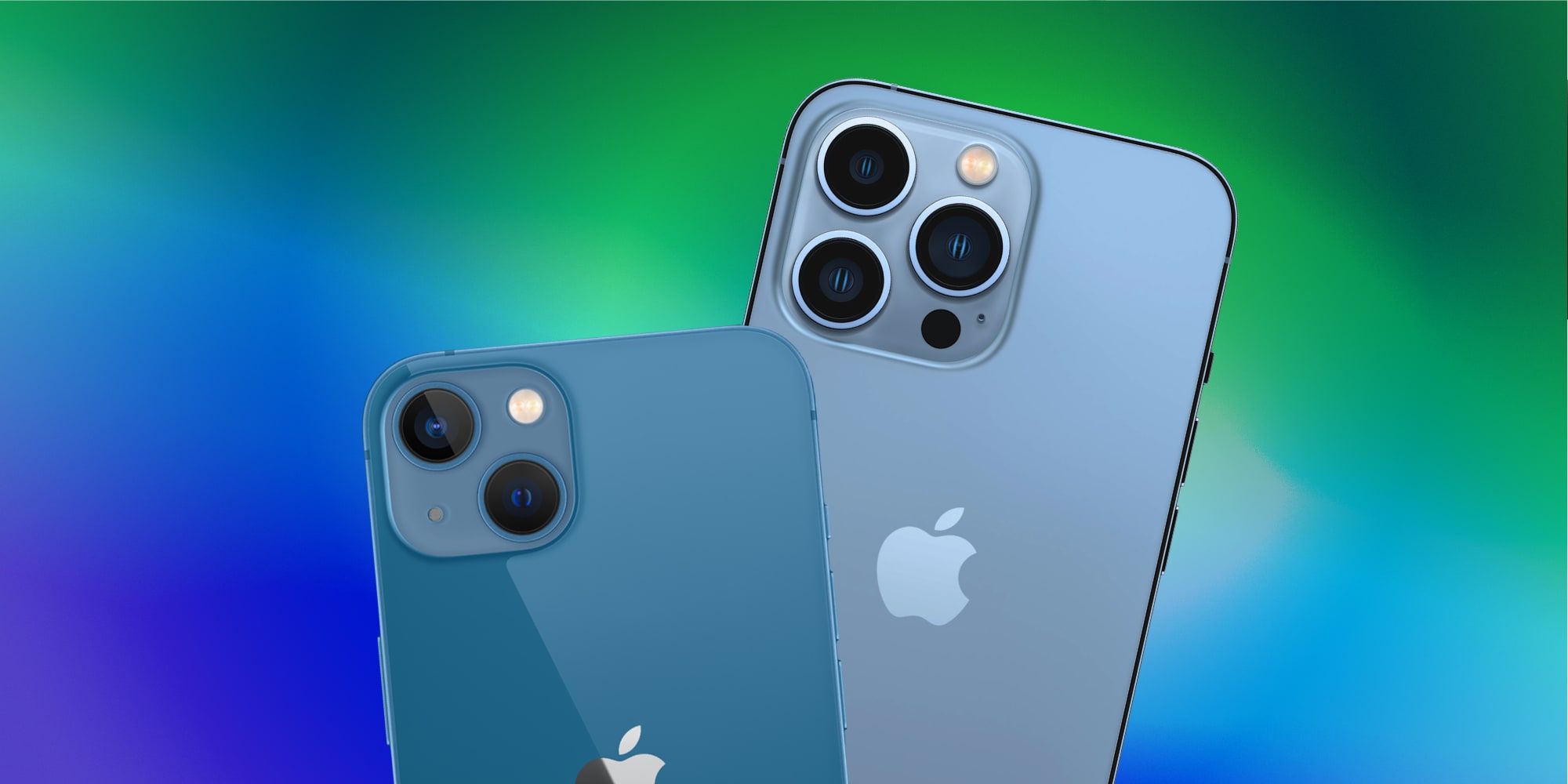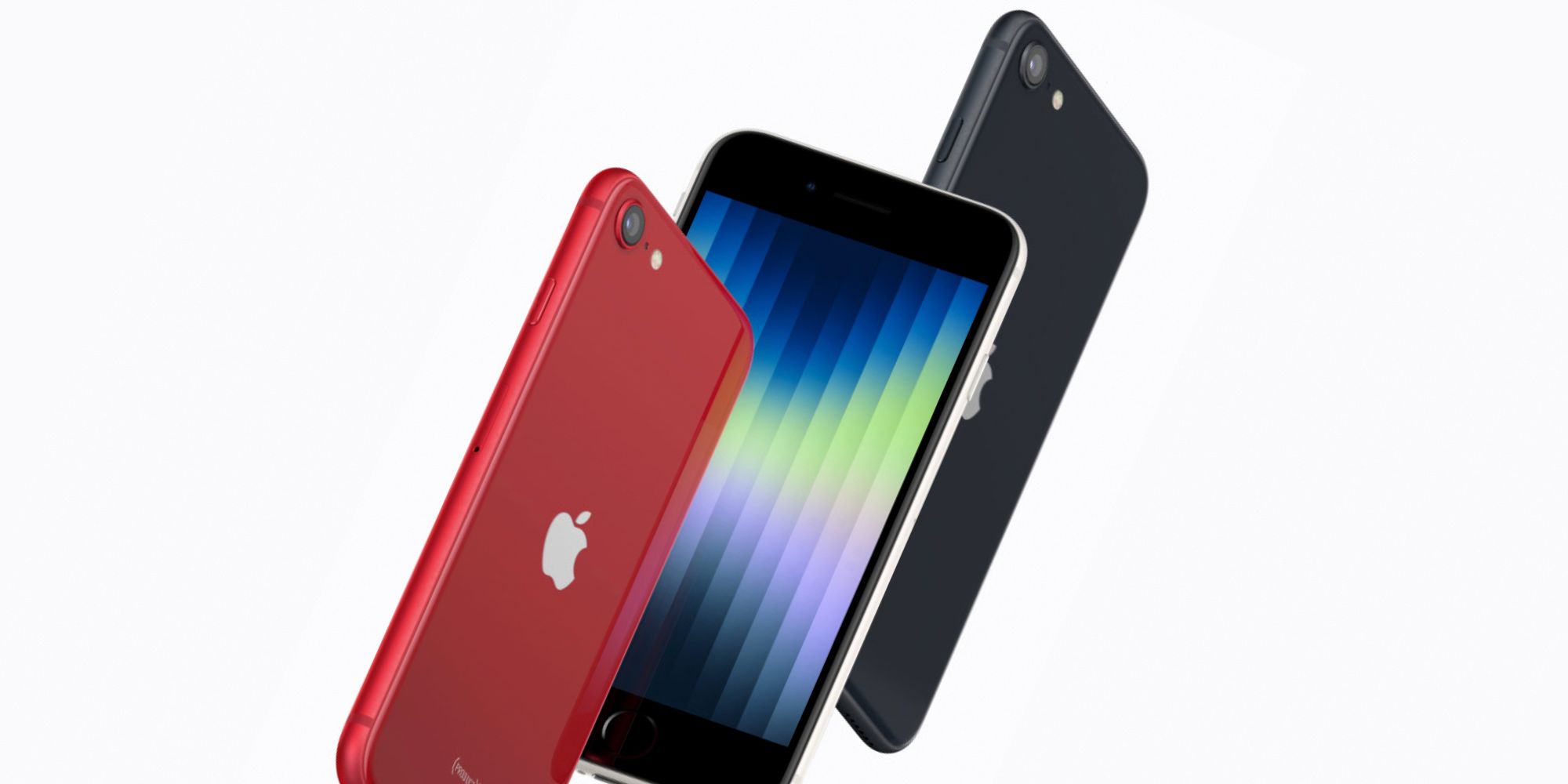[ad_1]
The iPhone has come a long way since the original iPhone was launched back in 2007. From a tiny display and no third-party apps to what is now essentially a powerful mini computer, the evolution of iPhones over the years is a commendable feat. Apple’s ‘Far Out’ event in September 2022 brought several new products, including the Apple Watch Series 8, Apple Watch Ultra, Apple Watch SE, and the AirPods Pro 2, but the main buzz was generated by the iPhone 14 Pro and iPhone 14 Pro Max.
Though the latest Pro models are offering the biggest jump in camera resolution on an iPhone, listing the iPhone models in order shows exactly how Apple has kept fans of the revolutionary smartphones happy for 15 years with consistent improvements to their hardware.
21 The iPhone – January 9, 2007
Announced on Jan. 9, 2007, the original iPhone was marketed as a “widescreen iPod.” It had a 3.5-inch display, a 2MP camera, and storage that maxed out at 16GB. Compared to phone memory today that doesn’t seem like much, but it was a lot at the time. It had 128MB of RAM, which was fairly impressive, and weighed just 135 grams.
Despite not supporting any third-party apps, the original iPhone was considered ahead of its time thanks to its revolutionary touch screen design. At the time, most other phones, including the now-defunct BlackBerry, had physical keyboards. Despite the initial apprehension from industry analysts, the original iPhone paved the way for what would eventually become Apple’s most successful product category.
20 iPhone 3G – June 9, 2008
Barely one year after the release of the first iPhone, which took place before the App Store went live, Apple released the iPhone 3G. It had 3G connectivity and up to 16GB of storage. Like the original iPhone, it offered a 3.5-inch display, 2MP camera, and 128MB of RAM. The hardware differences between the iPhone 3 and the original iPhone were minor, with the major additions being the App Store and 3G connectivity. Even so, it sold a million units in the first weekend of its release.
19 iPhone 3GS – June 8, 2009
Less than 11 months after the iPhone 3G, Apple announced the iPhone 3GS on June 8, 2009. Like the iPhone 3G, the iPhone 3GS also sold a million units in its first week. Apple realized that with the recent introduction of its App Store, 16GB might not cut it for some users, so it released this version with a 32GB storage option and 256MB of RAM, which was double that of the iPhone and the iPhone 3G. The iPhone 3GS also featured a new 3MP autofocus camera, an inbuilt digital compass, and new accessibility features like VoiceOver.
18 iPhone 4 – June 7, 2010
One year later, Apple introduced the iPhone 4 in June 2010. It was the first iPhone with a Retina display, although it retained the same 3.5-inch screen size. It offered other upgrades too, including a 5MP camera with LED flash and FaceTime calls using a front camera – the first on an iPhone. The iPhone 4 also introduced a new glass and stainless steel design, a big upgrade over previous iPhones.
17 iPhone 4S – October 4, 2011
Following up on the iPhone 4, Apple announced the iPhone 4S on Oct. 4, 2011 with an 8MP camera, 64GB storage, the digital personal assistant Siri, and 1080p video recording. The iPhone 4S launch also coincided with the release of iCloud, Apple’s cloud storage service. The iPhone 4S was more successful than previous models, selling four million units in its first weekend.
16 iPhone 5 – September 12, 2012
The iPhone 5 was released in September 2012 and introduced some revolutionary changes – a bigger 4-inch display, LTE connectivity, a FaceTime HD front camera, and a new Lightning connector replacing the older 30-pin charging port. Even more successful than its predecessor, it sold five million units in its first week.
15 iPhone 5s & 5c – September 10, 2013
One year later on Sept. 10, 2013, Apple introduced the iPhone 5s and iPhone 5c. The iPhone 5s brought Touch ID to the iPhone, integrating a fingerprint sensor into the Home button. It also featured an improved 8MP primary camera and True Tone flash, along with new camera modes such as Burst and Slo-Mo. The iPhone 5c was a cheaper iPhone available in five vibrant colors, but lacked the Touch ID fingerprint sensor. Both phones combined sold over nine million units in the first weekend.
14 iPhone 6 & 6 Plus – September 9, 2014
The iPhone 6 and iPhone 6 Plus were launched on Sept. 9, 2014. They came in 4.7-inch and 5.5-inch screen sizes, and a new design made of unibody aluminum that was thinner than previous iPhones. The new iPhones were also the first to come with Apple Pay, allowing users to make contactless payments in stores using the Touch ID fingerprint sensor for authentication. Video recording got a boost with these iPhones, as did the FaceTime front camera.
13 iPhone 6s & 6s Plus – September 9, 2015
Exactly a year later, Apple announced the follow-up to the iPhone 6 series with the iPhone 6s and iPhone 6s Plus in September 2015. Apart from generational improvements like a new A9 Bionic chipset, the new iPhones also brought 3D Touch, allowing users to apply pressure to the iPhone’s display to view additional options. The iPhone 6s series introduced other new features, including Live Photos, improved front and rear cameras, and the ability to use the ‘Hey Siri‘ command without the iPhone being plugged into a power source.
12 iPhone SE – March 21, 2016
The first iPhone SE model was launched in 2016. It offered most features of the more expensive iPhone 6s models, barring 3D Touch. Housed in the body of an iPhone 5, the iPhone SE featured a compact 4-inch display. Other features included an A9 Bionic chipset, 12MP rear camera, 4K video recording, Live Photos, and the ability to use ‘Hey Siri‘ without being connected to a charger.
11 iPhone 7 & 7 Plus – September 7, 2016
Six months after the iPhone SE, Apple introduced the iPhone 7. It offered up to 256GB of storage, dual cameras, and a beautiful jet-black color. The iPhone 7 series was notable for a number of reasons, including being the first iPhone with an IP67 water-resistance rating. The bigger iPhone 7 Plus was also the first iPhone to feature dual rear cameras and Portrait mode. The first-generation AirPods were introduced alongside the iPhone 7, which also resulted in the death of the headphone jack on iPhones.
10 iPhone 8 & 8 Plus – September 12, 2017
Fast-forward to 2017, and iPhone buyers had already grown used to the no-headphone jack lifestyle. The iPhone 8 introduced a new glass and aluminum design, bringing support for wireless charging for the first time on an iPhone. The iPhone 8 Plus also featured Portrait Lighting, a feature that has since become standard on iPhone models. Most notably, the iPhone 8 series brought support for AR, letting users experience games and apps in augmented reality.
9 iPhone X – September 12, 2017
The iPhone X was announced alongside the iPhone 8 series, but marked a drastic departure for Apple, replacing the Touch ID sensor and home button with Face ID. As a result, the iPhone X was also the first iPhone to feature a 5.8-inch full-screen design and the wide notch that became a staple of future iPhones. The iPhone X also introduced Animoji – what is now called animated Memoji.
8 iPhone XS & XS Max – September 12, 2018
The iPhone XS and XS Max were announced on September 12, 2018. The phones came in two sizes – 5.8-inch and 6.5-inch – making the XS Max the largest iPhone yet. The phones featured an A12 Bionic chipset, improvements to Face ID, and an upgraded IP68 water-resistance rating. The new iPhones also brought dual SIM to the iPhone for the first time, thanks to the introduction of eSIM alongside the physical nano SIM card slot. They also introduced Gigabit LTE, enabling faster download speeds.
7 iPhone XR – September 12, 2018
Alongside the iPhone XS series, Apple released iPhone XR with a 6.1-inch display. The one-off iPhone was intended to be a cheaper version of the iPhone XS and iPhone XS Max. It also featured the Apple A12 Bionic chipset, but came with just a single rear camera. It offered a slightly downgraded water-resistance rating of IP67, compared to IP68 on the iPhone XS devices. However, it was available in six colors and was priced affordably, making it a popular choice among iPhone buyers on a budget.
6 iPhone 11 Series – September 10, 2019
Apple announced the iPhone 11 series in 2019, comprising the iPhone 11, iPhone 11 Pro, and iPhone 11 Pro Max. This combination of a standard, Pro, and Pro Max model has been followed by Apple in the years since, introducing a new standard lineup for the iPhone series. The iPhone 11, like the iPhone XR, was available in a multitude of colors and came with an all-new wide and ultra-wide dual cameras. It also featured the U1 chip with ultra-wideband technology.
The iPhone 11 Pro and 11 Pro Max were the first iPhones to feature three cameras at the back, which included a wide, ultra-wide, and telephoto sensor. They also had Super Retina XDR OLED displays and improved battery life compared to previous iPhones.
5 iPhone SE 2 – April 15, 2020
Four years after the original iPhone SE was announced, Apple launched the iPhone SE 2 in 2020. Like the iPhone 11 series, the iPhone SE 2 was powered by an A13 Bionic chip. However, the compact iPhone featured the same design as the iPhone 8, with a 4.7-inch display and the Home button with a Touch ID fingerprint sensor. As a result, the iPhone SE 2 didn’t offer the notch and Face ID that had become mainstream on iPhones. It featured an IP67 water-resistance rating, a downgrade from IP68 on flagship iPhones. Despite its outdated design, Apple didn’t bring back the 3.5mm headphone jack on the cheaper iPhone.
4 iPhone 12 Series – October 13, 2020
On October 13, 2020, Apple announced the follow-up to the iPhone 11. The iPhone 12 series comprised four models – the iPhone 12, iPhone 12 mini, iPhone 12 Pro, and iPhone 12 Pro Max. The iPhone 12 mini was a compact smartphone with a 5.4-inch display, but featured the same full screen design as the other iPhone 12 models. The iPhone 12 series were notable for a few reasons. They were the first iPhones to support 5G, and were also the first to introduce MagSafe, Apple’s proprietary magnetic wireless charging that has become a staple of iPhones since.
While the iPhone 12 and 12 mini featured dual rear cameras, the iPhone 12 Pro models featured triple rear cameras. The Pro Models also introduced Ceramic Shield, a super tough front cover glass to protect the display, and LiDAR to enable better augmented reality experiences. Alongside the addition of the new features, Apple also removed a key component of iPhones with the iPhone 12 series – the in-box charger.
3 iPhone 13 Series – September 15, 2021
In September 2021, Apple announced the iPhone 13 mini, iPhone 13 Pro, and iPhone 13 Pro Max. They featured a design that looked virtually identical to the iPhone 12 models (save for some new colors), though the notch was significantly smaller.
Powered by the A15 Bionic chipset, all the iPhone 13 models brought a significant boost to battery life – a feature that had previously been one of the iPhone’s greatest shortcomings. They also introduced a new Cinematic Mode in video, recording footage with a depth effect that automatically changed the focus depending on the scene. The iPhone 13 Pro models were the first iPhones to ship with a 120Hz display, but this feature wasn’t available on the cheaper iPhone 13 and iPhone 13 mini.
2 iPhone SE 3 – March 8, 2022
The following year, Apple introduced the iPhone SE 3. Launched just two years after the iPhone SE 2, the iPhone SE 3 didn’t bring any major upgrades to the design, continuing to offer a small 4.7-inch display, thick bezels and a Home button with a Touch ID fingerprint sensor. The smartphone packed new features such as 5G, an A15 Bionic chip, and improved battery life. Apart from that, there wasn’t much difference from the older model.
[ad_2]
Source link


